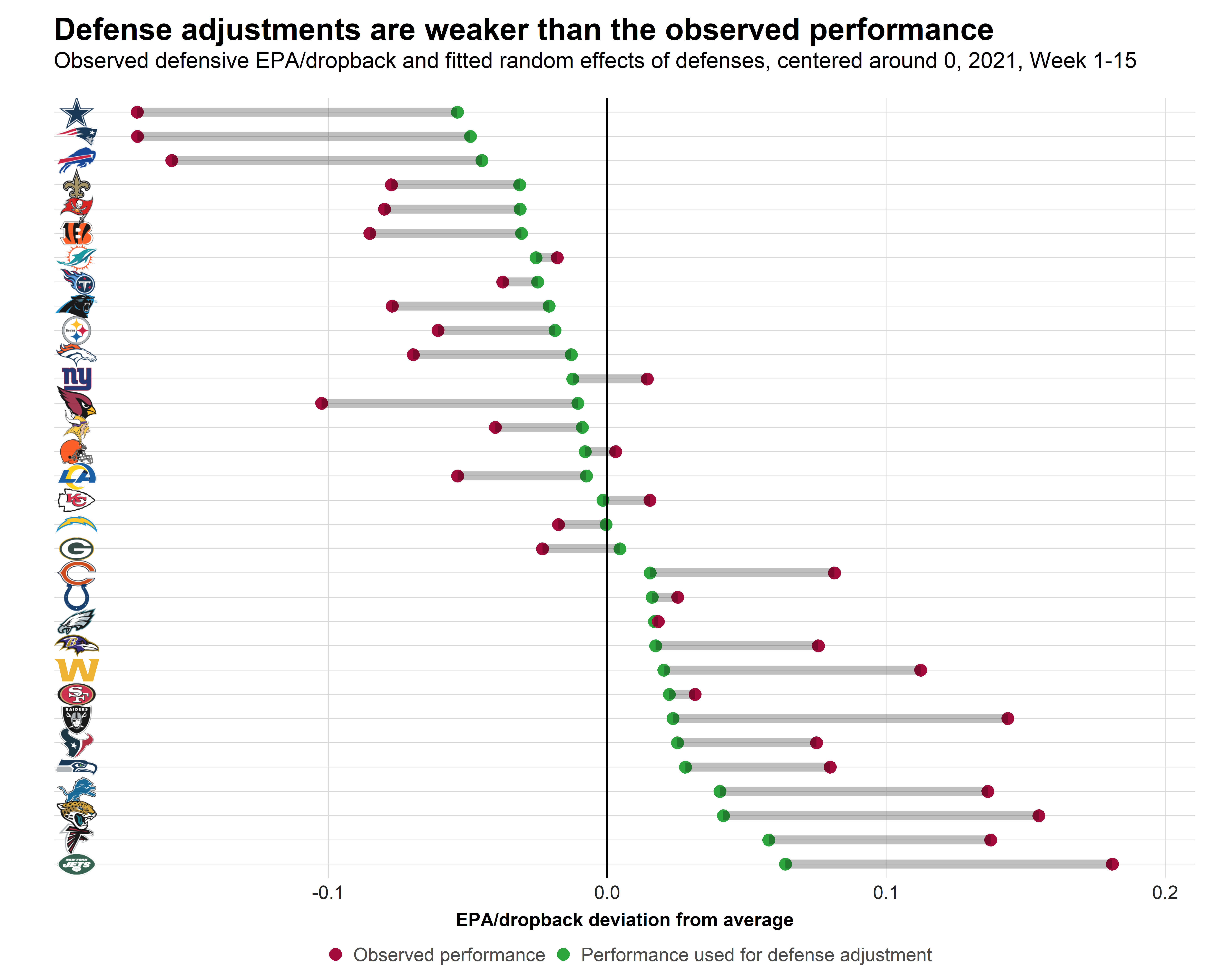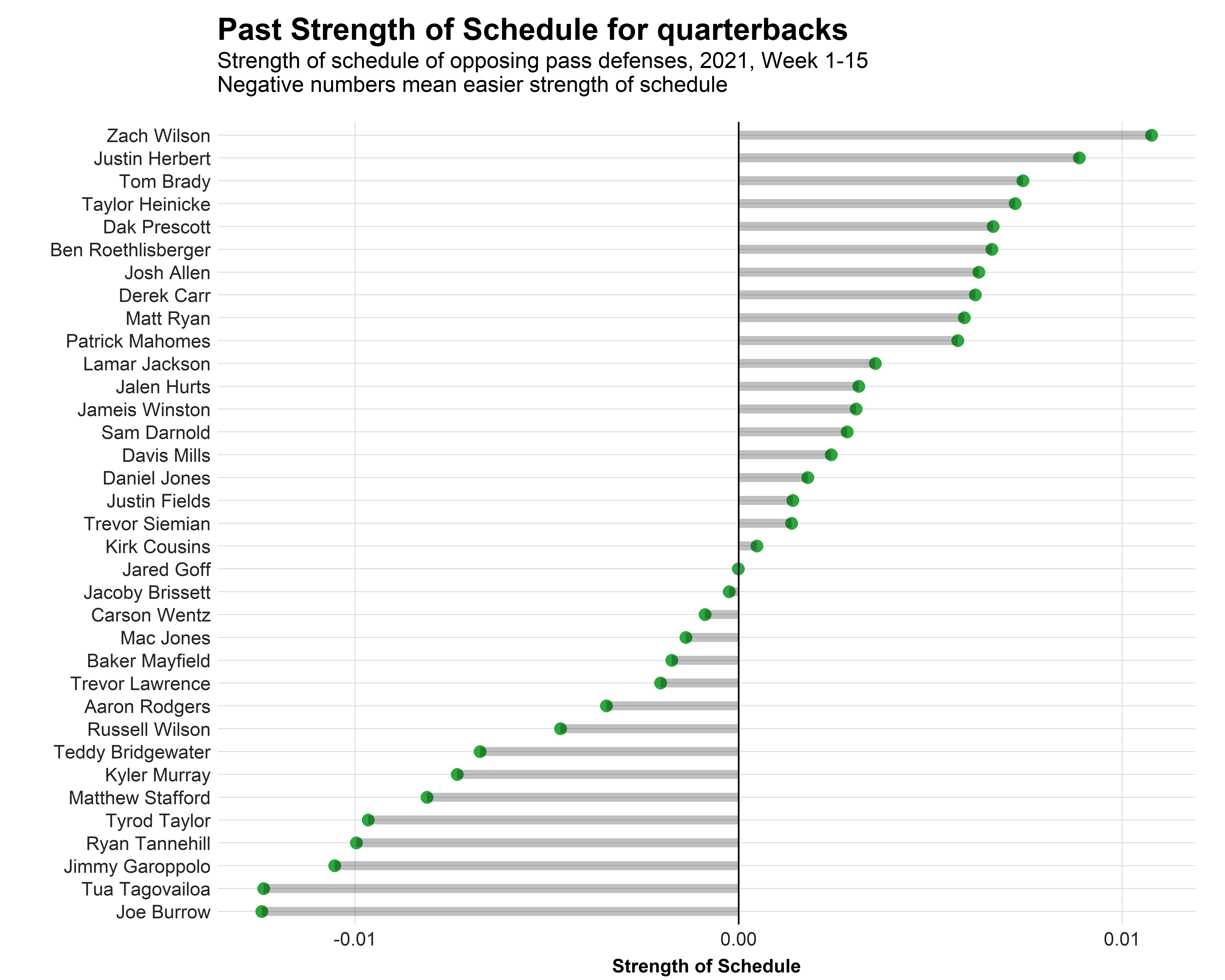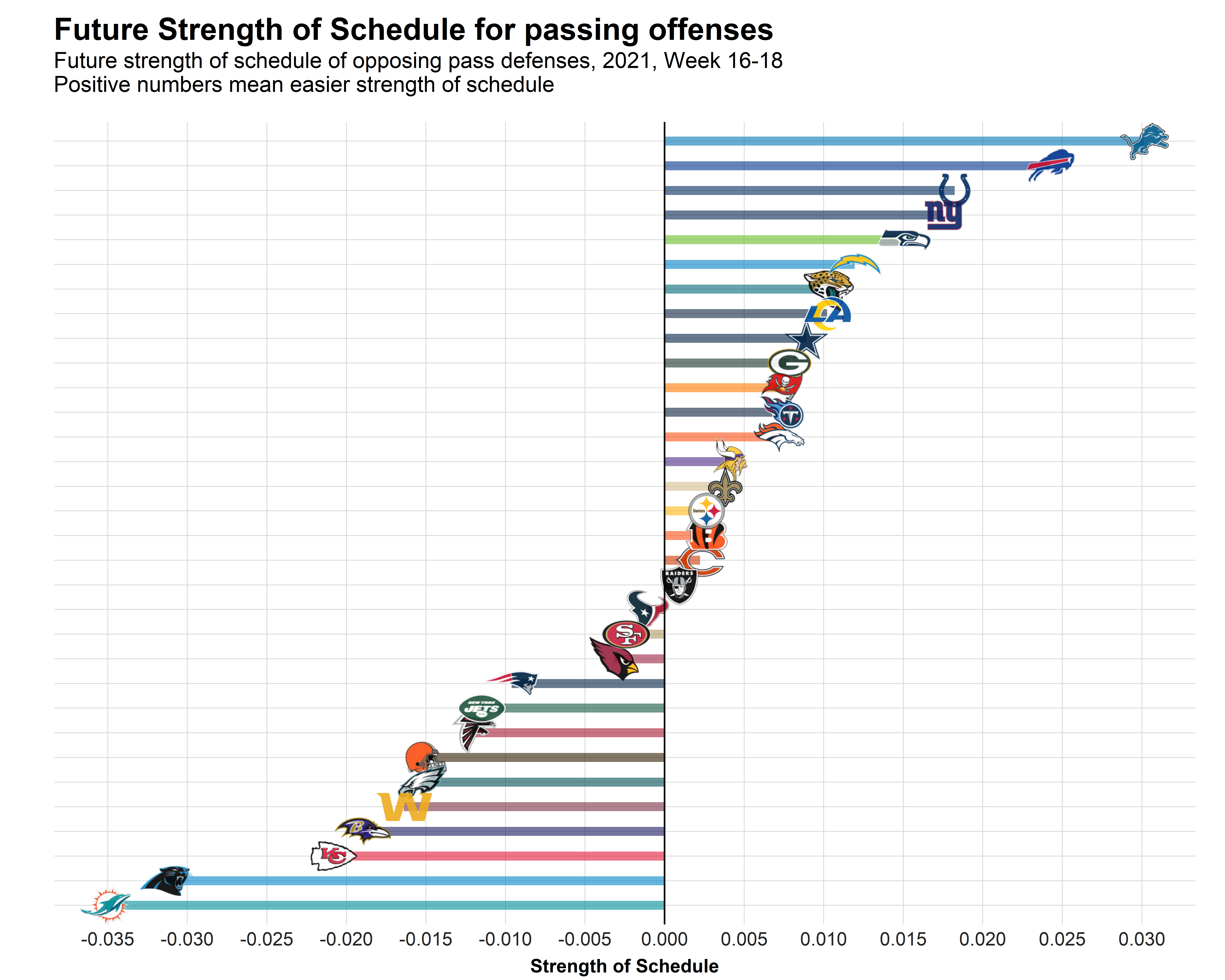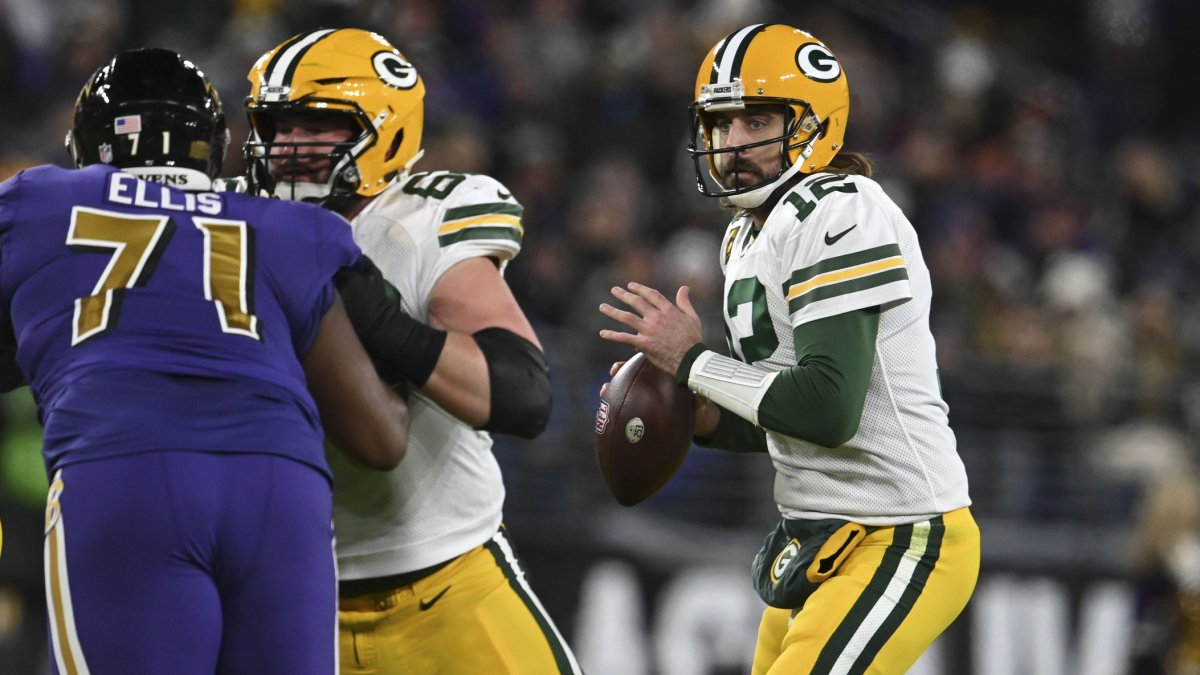Last week, we looked at how Kyler Murray‘s recent struggles could bolster Matthew Stafford’s MVP case. And this week, Stafford now finds himself in a much more commanding position, as the Los Angeles Rams are now almost a coin flip to win the NFC West and Stafford is still the most efficient quarterback in the league.
Aaron Rodgers has come very close to the Rams quarterback in terms of efficiency and possesses the No. 1 seed in the NFC, as well as the league’s best record, making the Packers QB the clear MVP favorite. Meanwhile, Tom Brady has almost disappeared from the conversation after he was shut out during Sunday Night Football.
CLICK HERE FOR MORE PFF TOOLS:
Rankings & Projections | WR/CB Matchup Chart | NFL & NCAA Betting Dashboards | NFL Player Props tool | NFL & NCAA Power Rankings
Before we get to the Week 16 NFL MVP rankings, here's a short overview of the methodology:
We trained a model to predict the winner of the MVP award based on only three regular-season parameters after Week 18 concludes:
- The number of wins and how that ranks across the league
- Rank in the division
- Expected points added (EPA) per play and how that ranks across the league
Since the model works with regular-season stats in hindsight, we need to simulate the remaining games of the season to find results with which we can feed the model. So, we utilize PFF's weekly win total simulations and a Bayesian updating method to simulate each quarterback’s EPA per play.
During the season, we update our beliefs on all quarterbacks with Bayesian updating, incorporating up-to-date EPA per play and making adjustments based on PFF passing grade, our charting data — which can identify plays with bad results that aren't the quarterback's fault — and the quality of defense faced.
Using these updated beliefs, we can simulate the EPA per play for the remainder of the season for each quarterback.
The number of wins and whether a QB wins his division is obtained from our weekly win totals simulations.
The goal isn’t to describe who would be MVP if the season ended right now, but rather to predict who will have the best combination of individual stats and team wins at the end of the season.
Defense adjustments
First, we adjust for each defense to find which quarterbacks played the most difficult schedule (and receive the highest positive adjustments). Since it’s still early in the season, the defense adjustments are based on both opponent-adjusted performance this season as well as a prior from the offseason. With each passing week, the prior will play a smaller role and will be fully disregarded after eight weeks of play.

The defensive strengths of the teams lead to the following adjustments for quarterbacks (a positive adjustment means a difficult schedule so far; a negative adjustment means an easy schedule):

Of course, it’s also interesting to look at future strength of schedule based on the current strength of defenses. In this chart, a positive number means an easy future schedule (i.e., the team and its quarterback is supposed to generate more EPA due to playing easier defenses):

The Favorites




 © 2024 PFF - all rights reserved.
© 2024 PFF - all rights reserved.